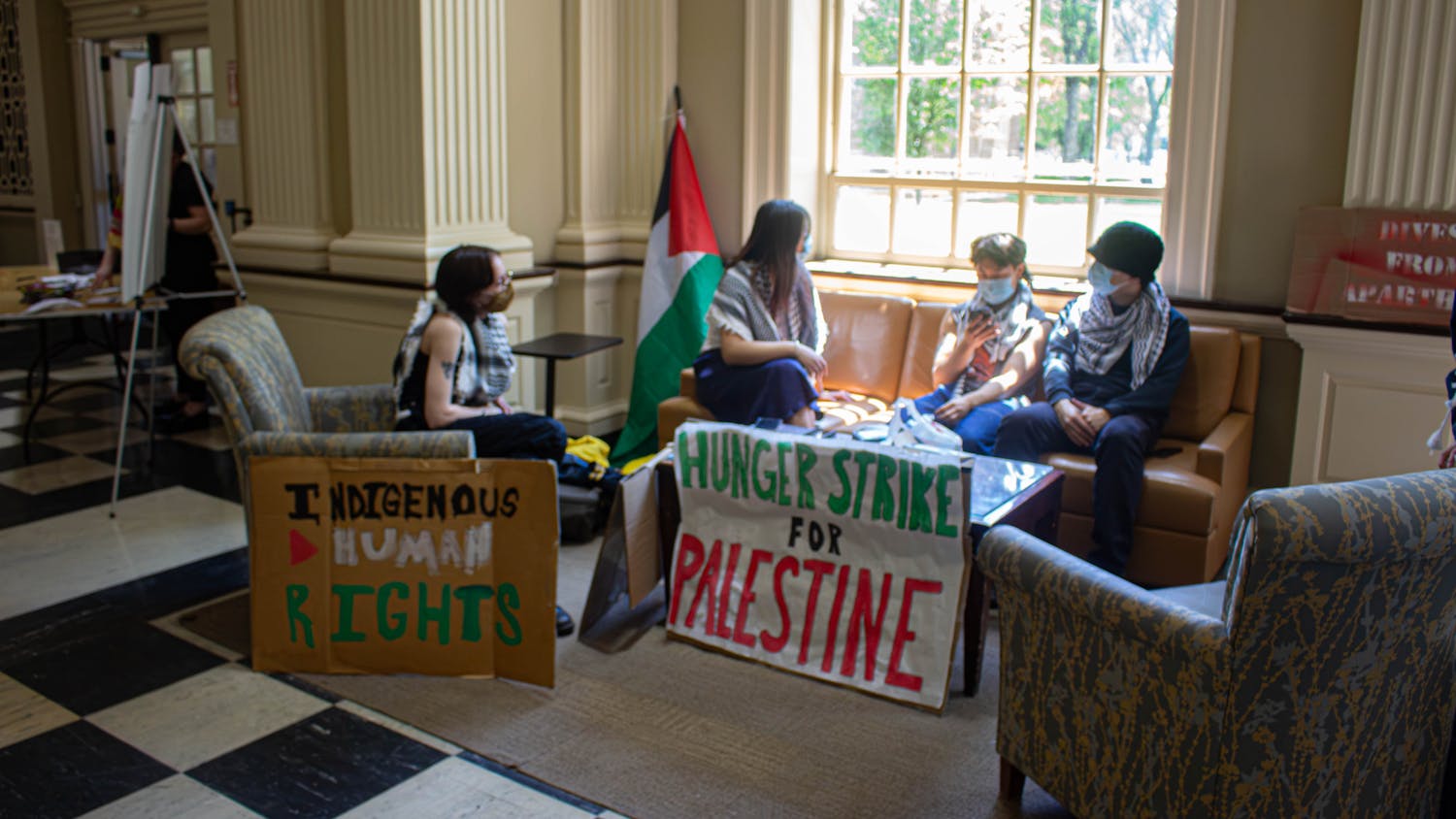After a steady three-year increase of early decision applications to the College, the number of candidates has fallen to 1,171, a 9.1 percent decrease from last year's seven-year high of 1,278 applications.
Dartmouth's admissions office will still be compiling applications through Thanksgiving, with an additional 20 expected to supplement the current figure.
However, the last time the College experienced a decline in the number of early decision applicants occurred during the aftermath of the Sept. 11, 2001, attacks, but with a relatively insignificant decrease of 2 percent.
Despite the declining number of applicants in this year's early decision pool, the students are among the most qualified candidates ever to apply during the College's first round of admissions. The applicants' average SAT verbal and math scores peaked an additional three points to 686 and 699, respectively.
The geographical profile of the Class of 2009's early applicants shows a lone spike in the number of candidates residing in the West Coast, a fluctuation resulting from strong recruitment efforts in the states of Washington and Oregon.
New England applicants declined the most from any U.S. region, and the number of private school candidates plunged 13.1 percent, while the number of public school applicants dropped 4.2 percent.
Dean of Admissions Karl Furstenberg attributed this fluctuation to the influence of high school advisers' personal opinions of applying early decision.
"Many counselors discourage students from participating in early decision. College counselors have taken a soapbox stand on the issue," Furstenberg said. "They don't really understand how early decision works from Dartmouth to Princeton."
Various college advisers, parents and students have debated over the merits of the early decision programs, because of the pressure of committing to one institution and the inability to compare financial aid packages, among other reasons.
"We're not trying to get them locked into a decision," Furstenberg said. "There are many students who know that Dartmouth is their first choice, and we also have a value of making and sticking to commitments."
Other institutions in the Ivy League saw increases in their early decision pools. Harvard University's number of candidates rose 7.2 percent, while Princeton University's applicants were up 10 percent.
The number of black students applying early to the College also diminished by 21.7 percent, despite various visitation programs and initiatives aimed to recruit such minorities.
Several institutions, including Harvard, have switched back and forth between early decision and early action programs, but the College has continued to adhere to its single-choice early decision program.
"Early decision seems to work really well here. I think that early decision is a more honest and straightforward program than early action," Furstenberg said.
Furstenberg said he strongly opposes early action programs, since they enable students to choose from a wide array of colleges.
"A lot of early action applicants just submit many applications to other schools," Furstenberg said. "There is a selfishness in this type of program, since early action is too prone to manipulation where students collect offers from many schools."
Furstenberg also expressed frustration in regard to the institutions that employ this non-binding program.
"While we only accept one-third of the applicants for the incoming class, some schools take in 50 percent of their incoming class from their early action or decision pools, using these programs strategically for their enrollment numbers," Furstenberg said.



